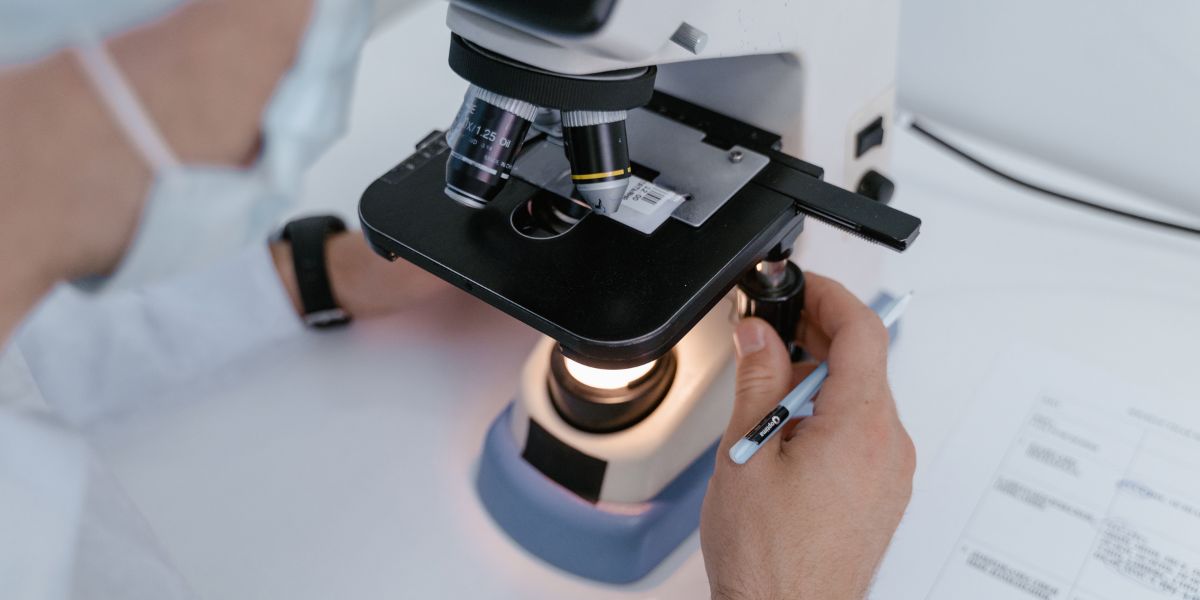
When diving into the world of microscopy as a beginner, the task of selecting the right microscope can be both exciting and overwhelming. With a multitude of options available, ranging from compound to stereo microscopes, each with its unique features, finding the perfect fit for your needs requires careful consideration. Factors like magnification levels, lighting options, and budget constraints all play crucial roles in this decision-making process. As you embark on this journey, understanding the nuances of microscope selection will pave the way for a fulfilling exploration into the microscopic world ahead.
Types of Microscopes for Beginners
When beginning your journey into microscopy, selecting the right type of microscope is crucial to your success. As a beginner, you may feel overwhelmed by the variety of microscopes available in the market. To simplify things, let's start with the two main types of microscopes suitable for beginners: compound microscopes and stereo microscopes.
Compound microscopes, also known as optical microscopes, are the most common type used in laboratories and educational settings. These microscopes have high magnification levels, allowing you to observe slides with great detail. They're excellent for viewing transparent samples like cells, bacteria, and tissues.
On the other hand, stereo microscopes, also called dissecting microscopes, provide lower magnification but offer a 3D view of the specimen. They're ideal for examining larger, opaque objects like rocks, insects, or plants.
Understanding the differences between compound and stereo microscopes will help you choose the right tool based on your specific needs and interests. Each type has its strengths and limitations, so consider what you plan to observe before making your decision.
Key Features to Consider
Considering the key features of a microscope is essential for making an informed decision as a beginner in microscopy. When choosing a microscope, pay attention to the magnification levels it offers. Look for a microscope with adjustable magnification settings to suit your needs for different specimens.
Another crucial feature to consider is the type of illumination the microscope uses. Opt for a microscope with LED lighting as it provides bright and consistent illumination for better visibility. Additionally, the stage of the microscope is important; ensure it's sturdy and spacious enough to hold your samples securely.
Consider the focusing mechanism as well, as a smooth and precise focusing system is vital for obtaining clear images. Lastly, think about whether you need additional accessories like a camera or digital imaging capabilities for documentation.
Magnification and Resolution Explained
To understand microscopy better, grasp the concepts of magnification and resolution, which are fundamental to visualizing details in your samples.
Magnification refers to how much larger an object appears compared to its actual size. It's denoted by a number followed by an 'x' (e.g., 100x). The higher the magnification, the more details you can see.
Resolution, on the other hand, is the ability to distinguish between two separate points or objects that are close together. A higher resolution means clearer and sharper images.
When choosing a microscope, consider the balance between magnification and resolution. A high magnification doesn't necessarily mean high resolution. It's crucial to find a microscope that offers both high magnification levels and excellent resolution to observe fine details effectively.
Remember that the quality of the lenses and the microscope's design also play key roles in determining the magnification and resolution capabilities. Prioritize finding a microscope that provides a good balance of both for a satisfying viewing experience.
Budget-Friendly Options
For those seeking affordable choices, exploring budget-friendly options in microscopes can provide quality tools without breaking the bank. When looking for a budget-friendly microscope, consider opting for a stereo microscope. These microscopes are great for beginners as they offer lower magnification levels but are excellent for viewing larger, solid specimens like rocks, insects, or plants.
Another cost-effective option is a digital microscope, which allows you to view specimens on a screen without the need for additional eyepieces. These microscopes are user-friendly and often come with built-in cameras for easy documentation of your observations.
If you prefer a traditional compound microscope, there are budget-friendly models available that offer decent magnification levels for viewing slides and smaller specimens. Keep an eye out for sales, discounts, or refurbished options from reputable brands to further save on costs.




